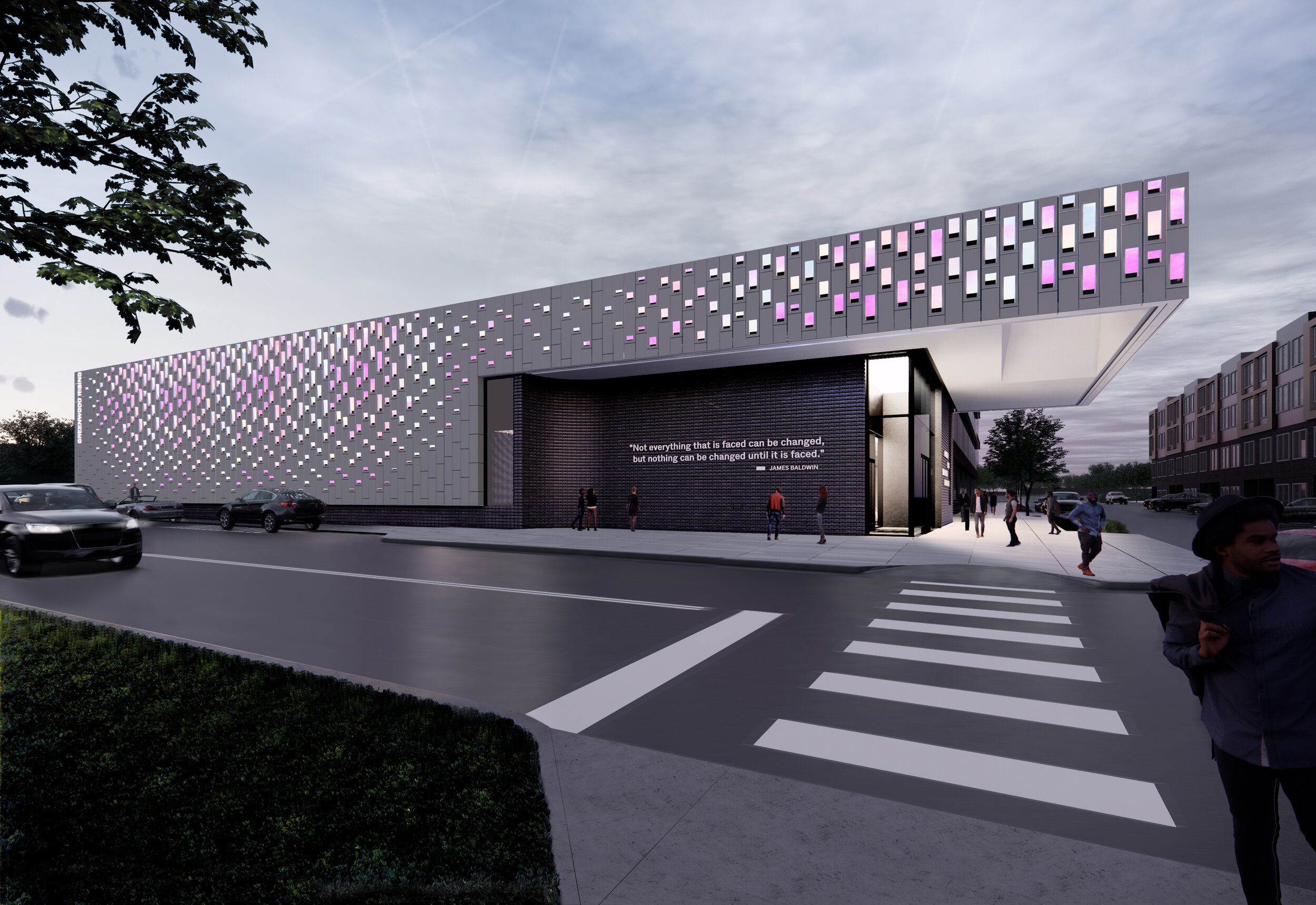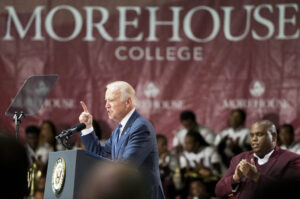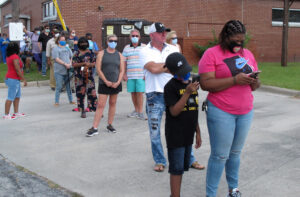Greenwood Rising, a museum in Tulsa, Oklahoma, that opened in August 2021, serves as brick-and-mortar reminder of the white mob that destroyed a bustling, affluent cultural haven for Black people – a 35-block section known as “Black Wall Street.”
A century before — in mid-June 1921– all that was the Greenwood neighborhood of Black-owned businesses and homes lay in waste: According to historians, as many as 300 Black people were massacred; scores of Black businesses and homes were torched.
“The massacre is an element of the Greenwood history,” said Hannibal Johnson, a
Harvard-educated attorney and a member of the Greenwood Rising museum board. “But it’s not half of what the museum is about.
“I tell people the overarching theme of the facility is the indomitable human spirit, which
is a universal theme,” Johnson told NABJ Black News & Views.
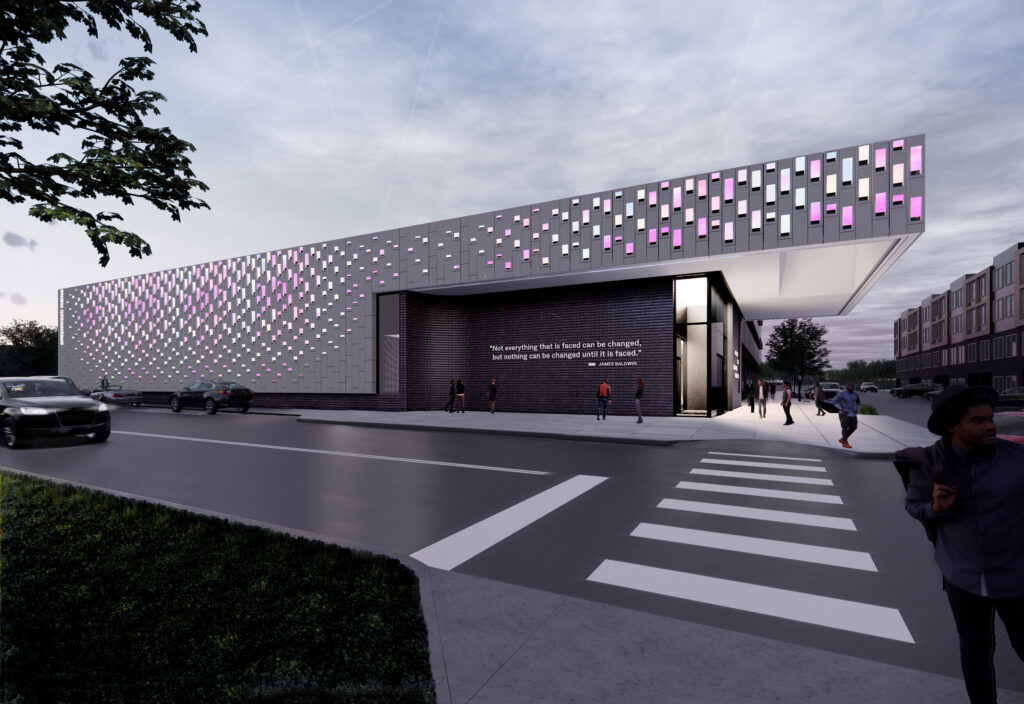
To make certain that “indomitable human spirit” would not be lost, the museum board
reached out to the Negro Leagues Baseball Museum in Kansas City, Missouri, to find a
permanent executive director.
Raymond Doswell, vice president of curatorial services at the baseball museum, will
assume his duties at Greenwood Rising on January 17. Doswell spent more than 25
years with the baseball museum, so when a search firm approached him, he wasn’t
altogether sure about leaving his job in Kansas City.
Doswell, who has a doctorate in educational administration and leadership, put
his stamp on the Negro Leagues site. He and his family were settled in Kansas
City. Still, he’d often thought about how he might run a museum if he stepped into a leadership role.
“It started to click in my mind: ‘Oh, you know, my experience fits here,’” he said. “The
things I talked about seemed to just align well with what they were seeking in a new
leader.”
When Doswell assumes his role, he’ll become part of a surge in recent years in focus on the Tulsa Race Massacre. Though the anniversary mark last year fell amid the pandemic, the city and news organizations managed to produce in-depth projects drawing attention to a tragedy that, until then, it seemed only Black American households were familiar. The Mapping Historical Trauma in Tulsa project has conducted archaeological digs to uncover remains from the race massacre.
Doswell’s vision, his extensive experience in Black history and his expertise in historical
research should push the Greenwood Rising museum to the forefront of historical reflections on race and culture in America.
Johnson called that mission central to Greenwood Rising’s potential success. He
said board members want the Tulsa neighborhood to become a tourist destination,
much like the Equal Justice Initiative Legacy Museum and National Memorial for Peace and Justice – two sites in Montgomery, Alabama, that chronicle mass incarceration, lynching and justice gone wrong in America.
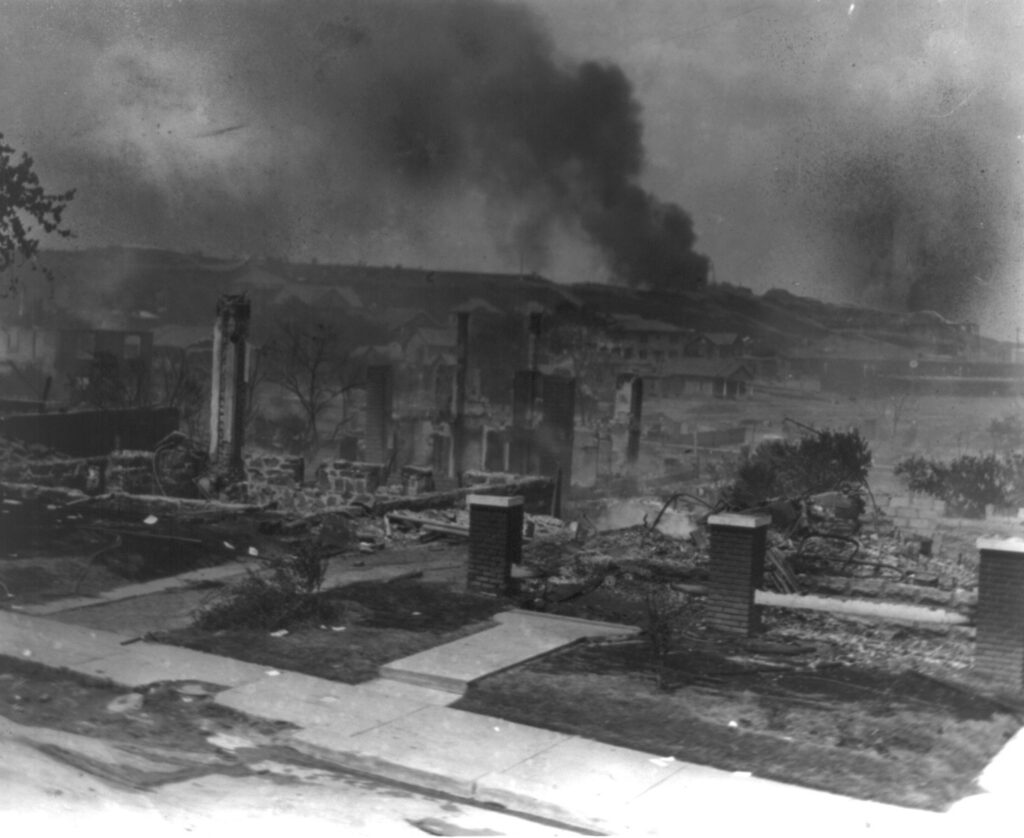
While Greenwood Rising can’t help focus sharply on the past, Doswell sees his
hiring as a way to push the narrative forward, and so does Johnson, who wrote “Black
Wall Street 100: An American City Grapples with Its Historical Racial Trauma.”
“We want to leverage the fact that cultural and heritage tourism is a thing in the United
States in the last 10 or 15 years,” Johnson said.
Tourism brings dollars into a community like Greenwood; dollars create economic
opportunities for Black entrepreneurs and for small businesses, feeding an ecosystem that
includes cultural institutions.
Businesses prosper; Greenwood prospers; and so does hope.
Doswell called the story of the massacre “pretty static.” He won’t have the vast
collection of tangible artifacts to display as he had at the baseball museum.
The museum will try to wow visitors with oral history, technology and interactive design,
hopeful of furthering candid conversations about race and class. It will showcase the
artifacts it does have in four galleries. The museum, which cost roughly $20 million to
build, will try to put race and culture into modern and into historical context.
Racism left its mark on “Black baseball,” which Doswell is an authority on. Racism left its
mark on Tulsa, too.
Some historians and residents of the community have long contended the destruction in
Greenwood of a theater, restaurants, banks and medical offices in late May, early June
of 1921 was pure racism gone amok.
The spark for the rampage was the rumor that Dick Rowland, a Black shoeshine boy,
assaulted Sarah Page, a 17-year-old white girl, inside an elevator. She declined to
prosecute.
The media put its yellow journalism spin to the assault, which led whites to lay waste
to everything in Greenwood. The reality was, historians have argued, whites on the
other side of Tulsa were angry about and jealous of the prosperity of Black residents.
“Tulsa’s historic Greenwood District is both inspirational and aspirational,” Johnson said in an article for Adventure.com.
“The historical role models who created the Greenwood District and made it into a nationally renowned Black business and entrepreneurial hub did so against great odds, not the least of which was systemic racism in its most blatant forms.” Johnson, one of the foremost experts on Black Wall Street, lectures around the country about the massacre.
Doswell will do likewise.
“Yeah, I’m capable of that,” he said. “I’ve got to do fundraising. I’ve got to do, obviously,
management of the staff. We have a sizable staff — mostly part time. They guide
people through the museum, so we’ll cultivate them and grow where possible.”
Doswell said he’ll miss the baseball environment around the Kansas City museum, but if
he misses ballgames, he’ll have an easy fix: In the summer, he can walk out of his office
to a baseball stadium across the street and watch the Tulsa Drillers.
They are the Double A affiliate of the Los Angeles Dodgers, the Major League franchise
that broke the color barrier when it signed Jackie Robinson in the 1940s.

